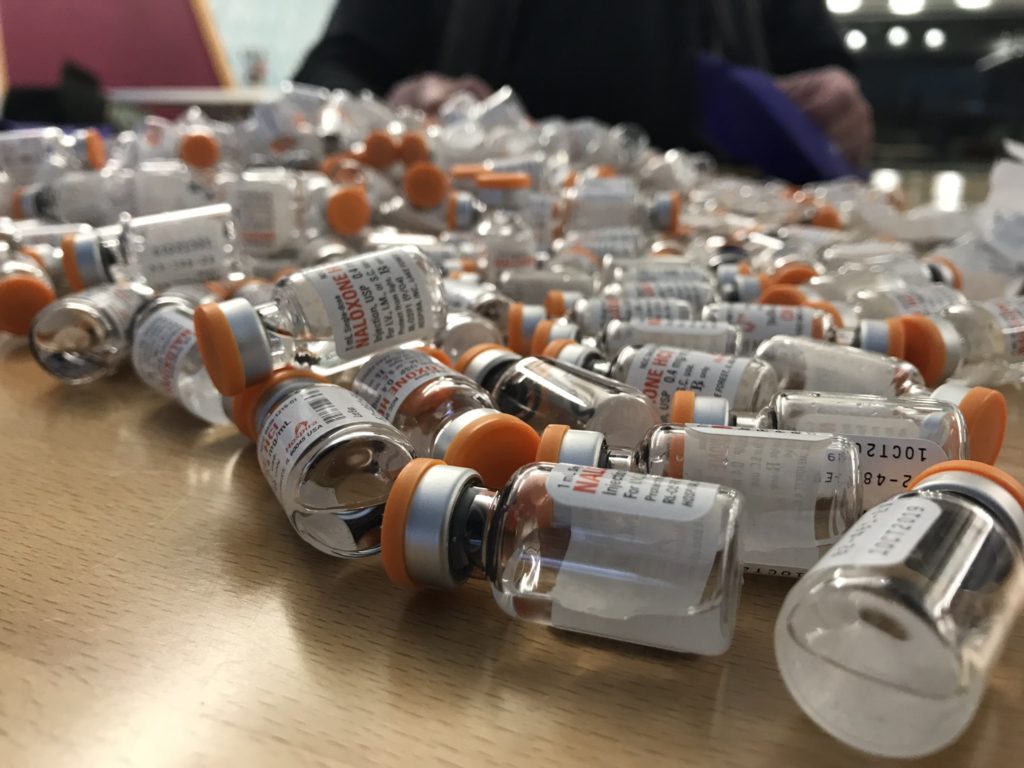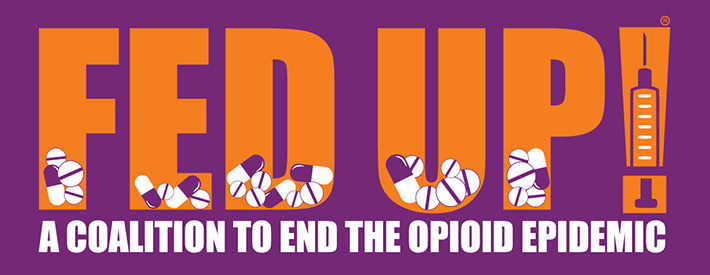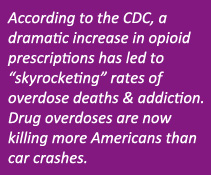On Dec. 17th and 18th, a joint FDA Advisory Committee met to discuss accessibility of naloxone, the opioid-overdose antidote. Following a Call To Action posted by the FED UP! Coalition several weeks ago, hundreds of comments had been submitted to the docket for the Advisory Committee’s review prior to the meeting.
Representatives and staff of the FED UP! Coalition attended the hearing and met with industry, advisory committee members and other harm reduction activists.
Much of the Advisory Committee discussion revolved around how naloxone could best be distributed to those who need it. This discussion involved such issues as the need for a Federal Government response that will assure a “stable and affordable supply of many millions of doses” “procured by the federal government” for [distribution through] various channels. Emphasis was placed by many of the Committee members on the need to support community-based distribution programs. Barriers to naloxone access include the cost of naloxone, state naloxone accessibility laws, lack of generic alternatives for the intranasal and auto-injector forms of naloxone, lack of over-the-counter naloxone.
Most emphasis regarding the outcome of the Committee meeting has been on the vote on FDA labeling language regarding co-prescribing. This is because the only question on which the Committee was asked to vote was the following: “Would labeling language that recommends co-prescription of naloxone for all or some patients prescribed opioids, or more targeted prescribing for patients otherwise at high risk for death from opioid overdose be an effective method for expanding access to naloxone and improving public health?” Those situations in which the FDA would recommend co-prescribing were not specified.
Co-prescribing of naloxone means that for all or some patients naloxone would be prescribed along with their prescription for opioids. The major purpose of co-prescribing is to place naloxone in the hands of those patients at greater risk for an opioid overdose. An additional major benefit to co-prescribing is the conversation between the physician and patient. This dialogue provides an opportunity to educate patients in how to recognize and reverse an opioid overdose and extends a gateway for other conversations regarding opioid use disorder and other risks of opioids.
Some of the concerns with naloxone co-prescribing include the cost, effectiveness of the model, and stock of the medication. A major concern regarding the effectiveness of the co-prescribing model is that the majority of opioid overdoses are now due to illicit fentanyl, and co-prescribing will not properly target the group of people who use illicit opioids.
The Committee ultimately voted 12-11 in favor of the single question the FDA had asked it to vote on.

Vials of naloxone being packaged in overdose prevention rescue kits by the Steve Rummler HOPENetwork, member of the FED UP! Coalition and an organization which operates a community-based overdose prevention program in Minnesota.
However, the comments of the Committee members regarding their votes show that many of them saw co-prescribing as less important in the overall public health effort than assuring measures such as inexpensive over-the-counter availability of naloxone and assuring an adequate supply of naloxone to community-based distribution networks.
Comments taken from two of those who voted “Yes” to co-prescribing language demonstrate this:
Dr. Daniel Ciccarone of UCSF said, “What we really need is to support our friends in the community who are doing great work over multiple years, we need OTC switch, we need federal stockpiling, we need parity in the injection versus intranasal labeling; we need generics.”
Dr. Daniel Ciccarone of ucsf
“What we really need is to support our friends in the community who are doing great work over multiple years, we need OTC switch, we need federal stockpiling, we need parity in the injection versus intranasal labeling; we need generics.”
Dr. Brian Bateman of Harvard said, “This is really not the most important issue with respect to naloxone. What’s emerged from the discussion is that we need a way of getting inexpensive naloxone to community based programs and finding a sustainable model for funding that and lowering all of the barriers that might impede that.”
It should also be noted that for a prescription medication to become an over-the-counter product, a manufacturer must submit a consumer-friendly drug facts label (DFL) and proper study which illustrates the medication is easily administered or taken without the assistance of a medical professional. The FDA has developed a model DFL and now waits for a manufacturer to submit an OTC naloxone product for review. This is the first time the FDA has proactively developed a model DFL. FDA representatives at the December meeting mentioned there has been great interest among manufacturer and once something is formally submitted it will be fast-tracked to become an OTC product. The concern still lies with insurers covering an OTC product, indicating an OTC framework is not a panacea to increasing accessibility of naloxone.
The FED UP! Coalition advocated for:
- All forms of naloxone to be sold over the counter
- The Federal government to subsidize over the counter naloxone to keep the price under $20 per dose.
- The Federal government to launch a public awareness campaign regarding Naloxone to cover such issues as:
- Should you have naloxone in your home or place of business?
- How do you know when to administer naloxone?
- How do you administer naloxone?
The day after the FDA Advisory Committee Meeting, HHS issued a Guidance called: “Naloxone: The Opioid Reversal Drug that Saves Live.” Included it in are the following co-prescribing recommendations:
“In order to reduce the risk of overdose deaths, clinicians should strongly consider prescribing or coprescribing naloxone, and providing education about its use for the following patients who are at risk of opioid overdose:
- Patients prescribed opioids who:
- Are receiving opioids at a dosage of 50 morphine milligram equivalents (MME) per day or greater;
- Have respiratory conditions such as chronic obstructive pulmonary disease (COPD) or obstructive sleep apnea (regardless of opioid dose);
- Have been prescribed benzodiazepines (regardless of opioid dose).
- Have a non-opioid substance use disorder, report excessive alcohol use, or have a mental health disorder (regardless of opioid dose).
- Patients at high risk for experiencing or responding to an opioid overdose, including individuals:
- Using heroin, illicit synthetic opioids or misusing prescription opioids.
- Using other illicit drugs such as stimulants, including methamphetamine and cocaine, which could potentially be contaminated with illicit synthetic opioids like fentanyl.
- Receiving treatment for opioid use disorder, including medication-assisted treatment with methadone, buprenorphine, or naltrexone.
- With a history of opioid misuse that
were recently released from incarceration or other controlled settings where tolerance to opioids has been lost.”
A special thank you to those who’ve pioneered and progressed overdose prevention and harm reduction initiatives and increased naloxone accessibility in communities across America, including:
- Eliza Wheeler and Sharon Stancliff
- Lexi Reed Holtum and Randy Anderson
- Alexander Walley
- Phillip Coffin
- Maya Doe-Simkins
- Corey Davis
- Traci Green
- Dan Bigg
- Jeffrey Bratberg
- Chad Sabora
- Robert Childs
- Andrew McAuley
- Daniel Raymond
- Robert Riley
- And the many others.







